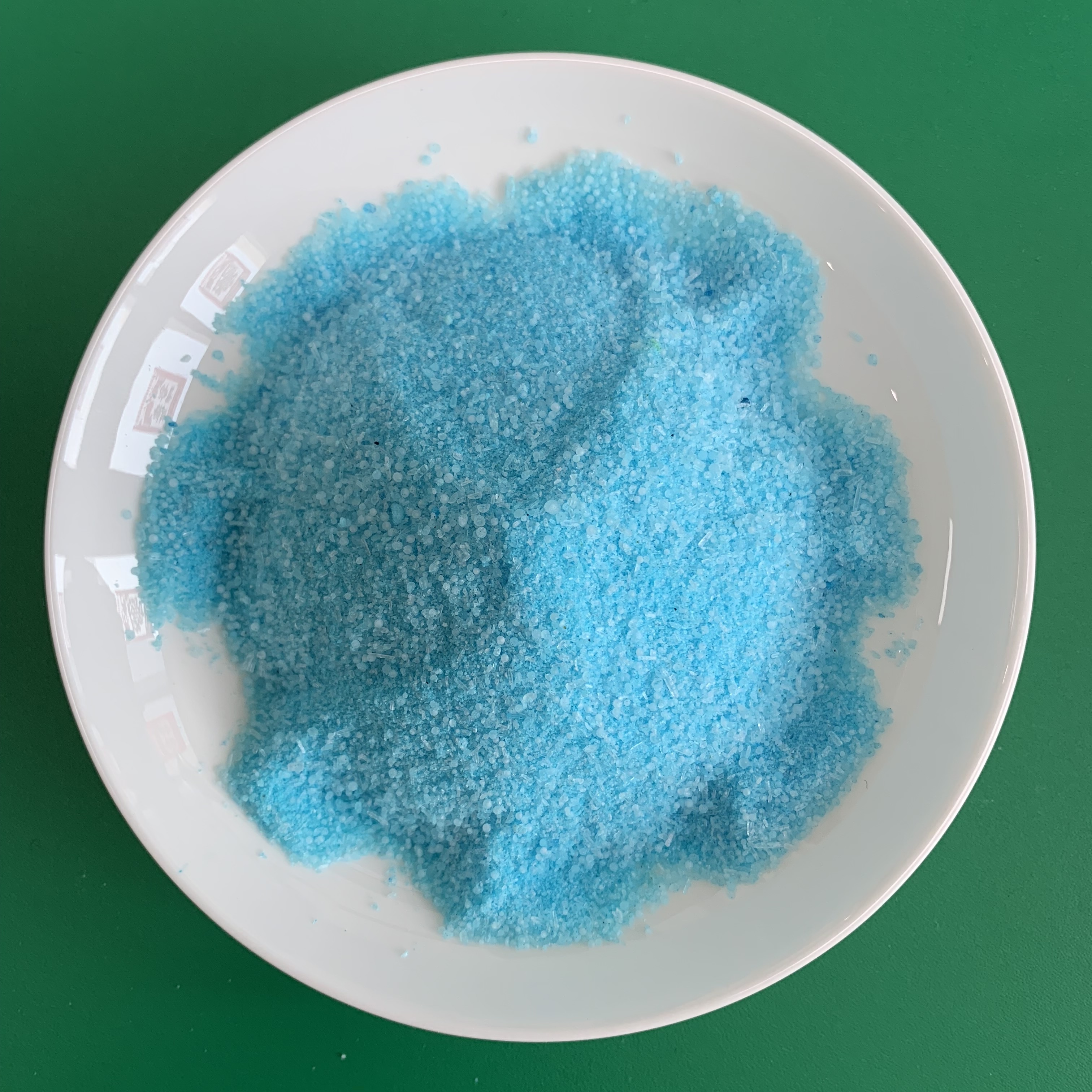



Exploring the Biocompatibility of Polyacrylamide in Biomedical Applications and Tissue Engineering
Biocompatibility of Polyacrylamide Understanding Its Role in Biomedical Applications
Polyacrylamide (PAM) is a synthetic polymer derived from the monomer acrylamide, which has gained prominence due to its unique physical and chemical properties. As a versatile material, PAM is widely used in various applications, including water treatment, soil conditioning, and particularly in the biomedical field. However, one of the most critical factors determining its suitability for biomedical applications is its biocompatibility. This article explores the biocompatibility of polyacrylamide, its mechanisms of interaction with biological systems, and its implications in contemporary biomedical applications.
1. Understanding Biocompatibility
Biocompatibility refers to the ability of a material to perform with an appropriate host response when used in medical applications. This includes the material's non-toxicity, lack of adverse effects on surrounding tissues, and functionality in aiding or restoring biological functions. A biocompatible material must not induce significant inflammation, toxicity, or an adverse immunological response.
2. Chemical Properties of Polyacrylamide
Polyacrylamide is characterized by its hydrophilic nature and ability to form hydrogels, which mimic the extracellular matrix (ECM) of biological tissues. Its tunable physical properties, such as elasticity and porosity, make it suitable for a range of applications, including drug delivery systems, wound dressings, and tissue engineering scaffolds. However, the core concern remains its biocompatibility, as polyacrylamide can pose risks due to the presence of unreacted acrylamide, a neurotoxic compound.
3. Assessing Biocompatibility
Various studies have been conducted to assess the biocompatibility of polyacrylamide. Toxicological evaluations often involve in vitro and in vivo methods to analyze the material's interaction with cells and tissues. For example, cytotoxicity assays assess cell viability in contact with polyacrylamide, while inflammation markers help determine the host's immune response.
Studies have shown that polymerized polyacrylamide demonstrates low cytotoxicity when adequately processed, as the polymerization process reduces the levels of residual acrylamide. Additionally, surface modifications—such as conjugating bioactive molecules onto the polyacrylamide chain—can enhance its biocompatibility by promoting cell adhesion, proliferation, and differentiation.
polyacrylamide biocompatibility

4. Applications in Biomedical Fields
The biocompatibility of polyacrylamide allows its use in various biomedical applications. One significant area is drug delivery systems, where polyacrylamide hydrogels can encapsulate therapeutic agents, providing controlled release and enhanced bioavailability. Their hydrophilic nature enables them to swell in bodily fluids, facilitating the sustained release of drugs over time.
Additionally, in tissue engineering, polyacrylamide is used to create scaffolds that support cell growth and tissue regeneration. By mimicking the ECM, these scaffolds can facilitate cellular activities, leading to successful integration with the host tissue. Recent innovations include the development of smart polyacrylamide-based materials that react to environmental stimuli, enhancing their functionality in biomedical applications.
5. Challenges and Future Directions
Despite its favorable properties, challenges remain in the use of polyacrylamide. Concerns about residual acrylamide levels necessitate rigorous testing and regulatory scrutiny. Future research should focus on improving the polymerization process, ensuring minimal unreacted monomer while also exploring alternative, less toxic polymerizing agents.
Moreover, understanding how polyacrylamide interacts at the molecular level with various cell types and tissues could lead to better design strategies that maximize its biocompatibility. Innovations in surface modification techniques and the incorporation of bioactive molecules are promising paths for enhancing its properties.
Conclusion
Polyacrylamide represents a pivotal material in biomedical applications, thanks to its favorable biocompatibility when appropriately processed. As research continues to unveil its potential while addressing existing challenges, polyacrylamide is positioned to play a significant role in the future of medical therapies, regenerative medicine, and drug delivery systems. The ongoing exploration of its biocompatibility will undoubtedly lead to safer and more effective applications in healthcare, ultimately benefiting patient outcomes and advancing medical science.
-
Why Sodium Persulfate Is Everywhere NowNewsJul.07,2025
-
Why Polyacrylamide Is in High DemandNewsJul.07,2025
-
Understanding Paint Chemicals and Their ApplicationsNewsJul.07,2025
-
Smart Use Of Mining ChemicalsNewsJul.07,2025
-
Practical Uses of Potassium MonopersulfateNewsJul.07,2025
-
Agrochemicals In Real FarmingNewsJul.07,2025
-
Sodium Chlorite Hot UsesNewsJul.01,2025










